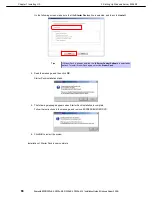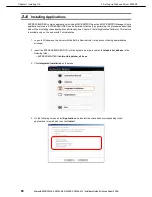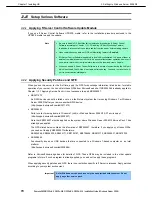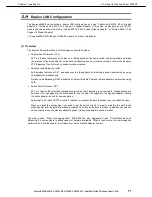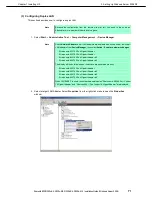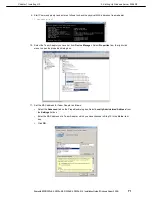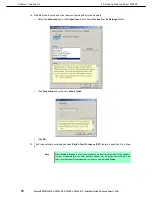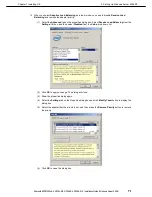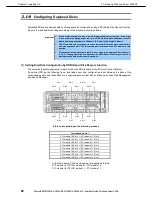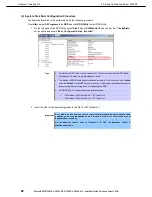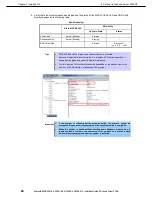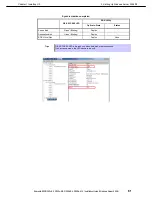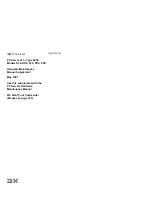
3. Setting Up Windows Server 2008 R2
Express5800/R320c-E4, R320c-M4, R320d-E4, R320d-M4 Installation Guide (Windows Server 2008)
71
Chapter 1 Installing OS
3.9
Duplex LAN Configuration
The Express5800/ft series builds a duplex LAN configuration by using "Stratus emb-82576 2-Port Gigabit
Adapter" or "Stratus emb-X540 2-Port Copper 10 Gigabit Adapter (*)" mounted as standard on the CPU/IO
module and the additional LAN card "Stratus 82576 2-Port Copper Gigabit Adapter" or "Stratus X540 1-Port
Copper 10 Gigabit Adapter".
(*) Express5800/R320c-E4 and R320d-E4 model do not have this adapter.
(1) Overview
The duplex LAN configuration is of three types as described below:
•
Adapter Fault Tolerance (AFT)
AFT is a feature that places more than one LAN adapters on the same switch, and automatically switches
the process of the active adapter to the backup adapter when any trouble occurred on the active adapter.
STP (Spanning Tree Protocol) on switch must be disabled.
•
Adaptive Load Balancing (ALB)
ALB includes features of AFT, and enhances the throughput by distributing packet transmission by using
LAN adapters simultaneously.
Receive Load Balancing (RLB) is enabled by default. Disable RLB and remove adapter priority when using
ALB.
•
Switch Fault Tolerance (SFT)
SFT is a feature that provides redundant network, as two adapters are connected to corresponding two
switches. One is assigned to the active adapter and the other is assigned to the standby adapter. Usually
the active adapter is used for communication.
Spanning Tree Protocol (STP) function is required to construct the path redundancy on the switch devices.
When you build the environment, you need to set the switch priority in order to maintain the path to the
active adapter after the path information is updated if a switch on the path is broken. In addition, you need to
set the priority to use the standby adapter's switch if the active adapter's switch is broken.
The other modes, "Static Link Aggregation", "IEEE 802.3ad Link Aggregation", and "Virtual Machine Load
Balancing" do not contribute to enhancement of network availability. When a fault occurs, the communication
performed on the failed adapter is not taken over by the standby adapter but lost.










